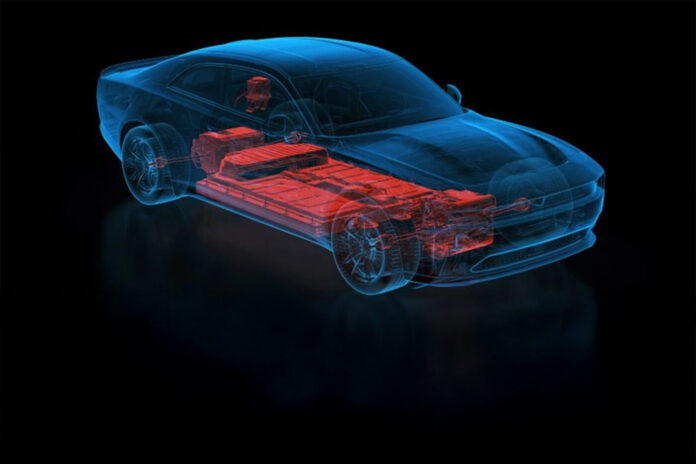Batteries in electric cars need occasional acceleration manoeuvres to extend their service life. This was discovered by scientists at Stanford University in the US as part of a two-year research project.
The team from Standford University published their findings a few months ago in the scientific journal Nature. The scientists came to the conclusion that batteries benefit from occasional, strong acceleration in an analysis of the degradation behaviour of electric car batteries. “In this study, we systematically compared dynamic discharge profiles representative of electric vehicle driving to the well-accepted constant current profiles. Surprisingly, we found that dynamic discharge enhances lifetime substantially compared with constant current discharge,” the researchers wrote in the abstract of their study paper.
The Standford team can also quantify how much dynamic discharging helps: “Specifically, for the same average current and voltage window, varying the dynamic discharge profile led to an increase of up to 38% in equivalent full cycles at end of life.” They conclude that it is important to evaluate new battery chemistries and designs with realistic load profiles. And the study should encourage us to ‘rethink our understanding of ageing mechanisms at chemical, material and cell level’.
The team methodically charged and discharged 92 battery cells (silicon oxide-graphite/nickel-cobalt-aluminium) at a constant temperature of 35 degrees Celsius. The experiments at the SLAC-Stanford Battery Centre lasted two years. The corresponding protocols were developed on the basis of (autonomous and non-autonomous) eMobility applications such as buses, taxis, commercial or industrial vehicles. Most of the discharge profiles, therefore, did not contain any major rest phases, as is typical for electric cars in private use. The result: dynamically stressed batteries can last 38 per cent or over 300,000 km longer than those that are never really challenged.




